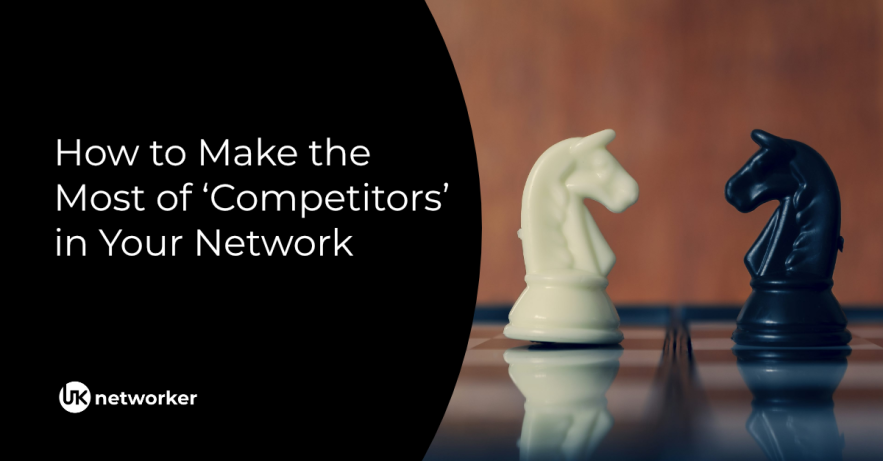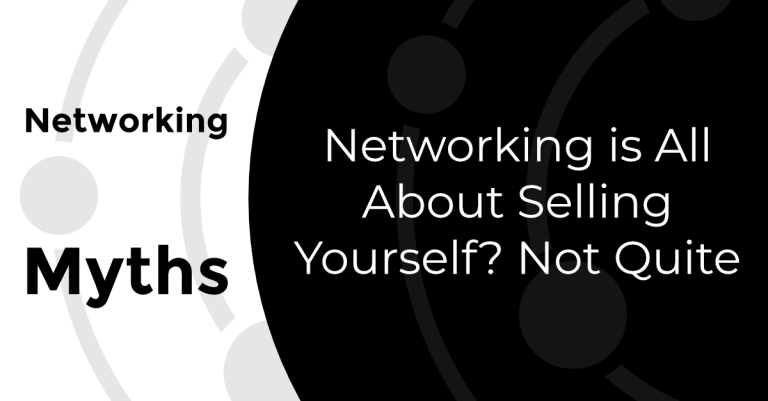The business world teaches us to spot competitors as soon as we walk into a room. Instinct says keep your distance, guard your best moves, and never give away more than you have to. But when you spend enough time at networking events in the UK, you start to notice: the lines between rival and resource aren’t nearly as solid as they seem.
Why rivals aren’t always roadblocks
It’s easy to fall into the habit of quick, polite nods and a careful step sideways whenever you meet someone whose audience or offer overlaps with yours. The urge is to get through the conversation without tipping your hand or making it easy for someone to one-up you. But treating every competitor as a threat can actually cut you off from the bigger picture. Sometimes, those with the most in common have the most to offer…if you know how to read the room.
See the value in the overlap
Competitors are a mirror. The way they talk about recent challenges, describe their wins and losses, or even the questions they ask. These small signals can quietly help you refine your own approach. There’s a reason the most switched-on professionals treat ‘frenemies’ as sources of insight. You pick up ideas about event formats, marketing tweaks, even where the current gaps in the market might be.
For a look at why subtle presence matters in crowded rooms, try Why People Remember You – The Subtle Art of Being Memorable at Networking Events. If you’re interested in the practical side of collaboration, even with unlikely partners, Identifying and Collaborating with Strategic Partners at Networking Events goes deeper.
Is there ever a safe way to help a competitor?
This is where instinct puts up a wall. Why risk giving your edge away? The answer’s in the nuance. Sometimes, you’re too busy, double-booked, or you meet a contact whose needs sit just outside your offering. Making an introduction to a rival isn’t surrender. It’s a long game. The more people see you as a connector, the more likely they are to bring you in when the time is right. Often, that goodwill comes back to you in the oddest ways. Reputation is still currency, even in a crowded scene.
Don’t just collect contacts – learn how they move
Every rival you talk to, even briefly, teaches you something. Maybe it’s a turn of phrase that lands well, or a different take on a challenge you thought you’d solved. Watch closely enough and you’ll see where your own offer is strong, and where it could use a tweak. If you listen more than you talk, you pick up stories about what’s actually working, and what’s quietly failing, in your shared space. That’s better than any paid market report. Selling yourself isn’t just about broadcast; it’s about tuning in.
Collaboration is rare – but shared ground is common
Let’s be honest: most competitors aren’t going to end up as partners. But you’d be surprised how often shared problems (think venue headaches for organisers, sudden rule changes in an industry, or shifting trends) turn rivals into allies for just long enough to swap a vital bit of information. Sometimes you trade lessons, sometimes just a wry look across the room. Either way, you walk away sharper than you arrived.
Now and then, the chemistry is right for something more… Co-hosting an event, teaming up for a panel, or sharing the risk on a bigger project. The key is never to force it. Trust grows when you let these relationships develop at their own pace.
Keep the rhythm, keep your edge
The best networkers aren’t naïve. They don’t hand over the keys to the kingdom, but they don’t freeze out the whole neighbourhood either. They know how to stay open, read the moment, and give just enough to build trust without losing their footing. When you move through your sector this way, you become the person people remember. Not just for your offer, but for how you play the game.
There’s more value in a crowded room than just tallying up contacts. Sometimes, knowing your competitors is the thing that keeps you moving forward.









